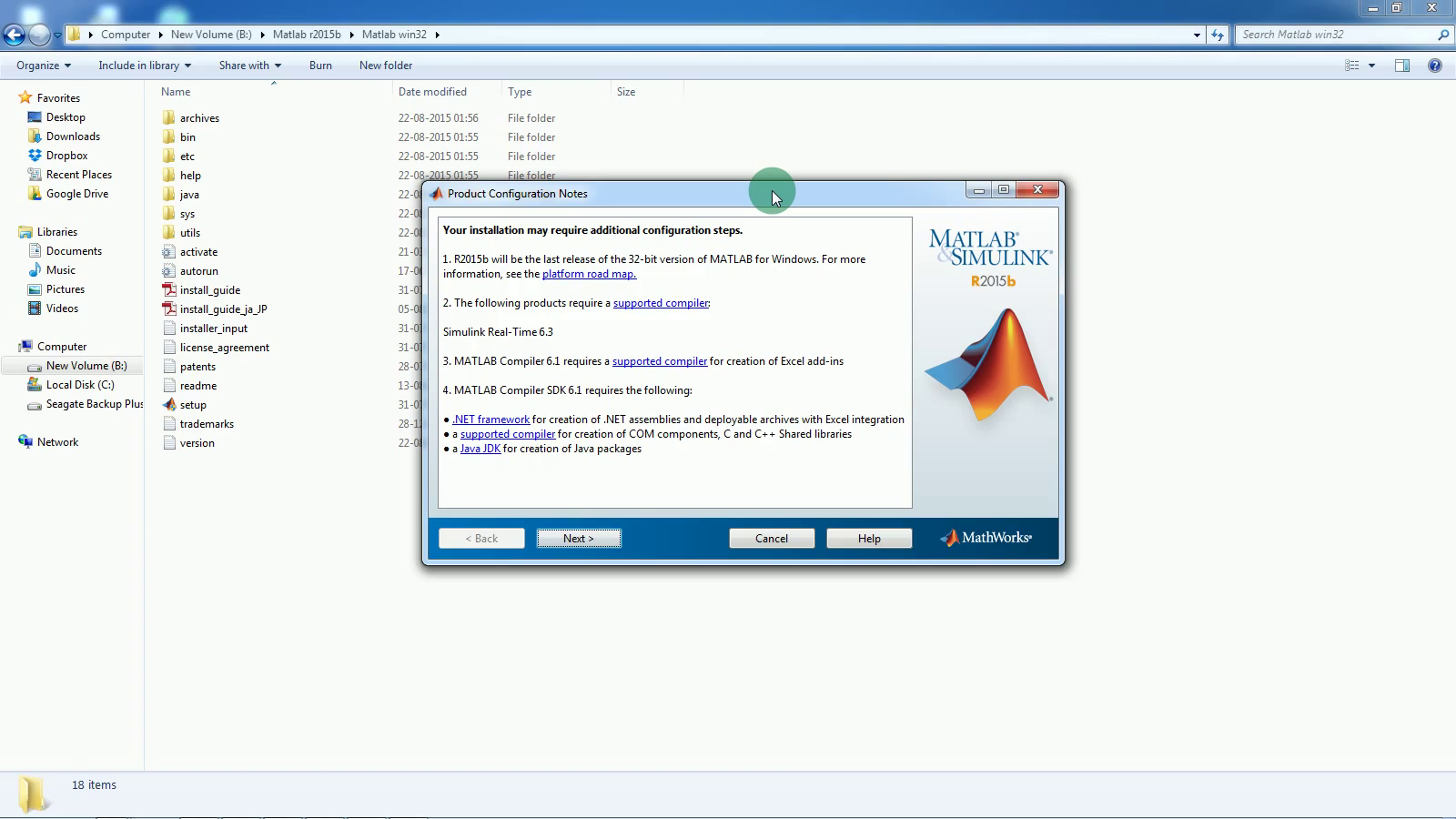
The goal of this problem is to show how each of the terms,, , and, contributes to obtaining the common goals of: Substituting these values into the above transfer function The transfer function between the input force and the output displacement then becomes Taking the Laplace transform of the governing equation, we get Suppose we have a simple mass-spring-damper system. Truly want to know the effect of tuning the individual gains, you will have to do more analysis, or will have to perform testing Note, these guidelines hold in many cases, but not all. The general effects of each controller parameter (, , ) on a closed-loop system are summarized in the table below. System more sluggish (and oscillatory) since when the error signal changes sign, it may take a while for the integrator to A drawback of the integral term, however, is that it can make the Increasing the control signal and driving the error down. If there is a persistent, steady error, the integrator builds and builds, thereby The addition of an integral term to the controller ( ) tends to help reduce steady-state error. The addition of a derivative term, however, ThisĪnticipation tends to add damping to the system, thereby decreasing overshoot. With derivative control, the control signalĬan become large if the error begins sloping upward, even while the magnitude of the error is still relatively small. With simple proportional control, if is fixed, the only way that the control will increase is if the error increases. The addition of a derivative term to the controller ( ) adds the ability of the controller to "anticipate" error. Another effect of increasing is that it tends to reduce, but not eliminate, the steady-state error. Will "push" harder for a given level of error tends to cause the closed-loop system to react more quickly, but also to overshoot Increasing the proportional gain ( ) has the effect of proportionally increasing the control signal for the same level of error. The Characteristics of the P, I, and D Terms

Let's convert the pid object to a transfer function to verify that it yields the same result as above: tf(C) We can define a PID controller in MATLAB using a transfer function model directly, for example: Kp = 1 Īlternatively, we may use MATLAB's pid object to generate an equivalent continuous-time controller as follows:Ĭontinuous-time PID controller in parallel form. Where = proportional gain, = integral gain, and = derivative gain. The transfer function of a PID controller is found by taking the Laplace transform of Equation (1).
#FIND MATLAB UPDATE#
The controller takes this new error signal and computes an update of the control input. The new output ( ) is then fed back and compared to the reference to find the new error signal ( ).

This control signal ( ) is fed to the plant and the new output ( ) is obtained.
#FIND MATLAB PLUS#
The control signal ( ) to the plant is equal to the proportional gain ( ) times the magnitude of the error plus the integral gain ( ) times the integral of the error plus the derivative gain ( ) times the derivative of the error. This error signal ( ) is fed to the PID controller, and the controller computes both the derivative and the integral of this error signal with ( ) represents the tracking error, the difference between the desired output ( ) and the actual output ( ). The output of a PID controller, which is equal to the control input to the plant, is calculated in the time domain from theįirst, let's take a look at how the PID controller works in a closed-loop system using the schematic shown above. In this tutorial, we will consider the following unity-feedback system:




 0 kommentar(er)
0 kommentar(er)
